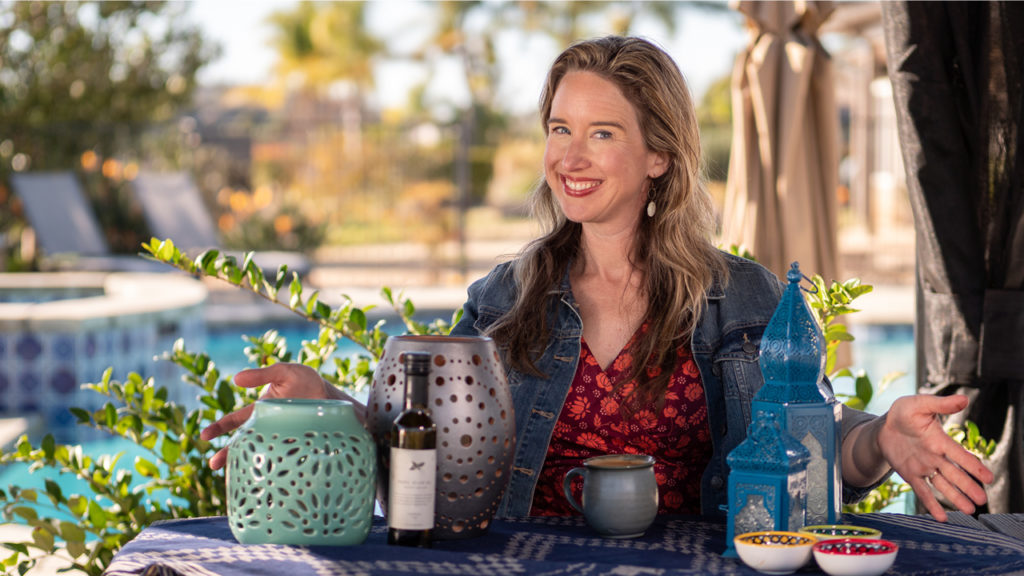
In the picture above, I’m showing off some of my fair trade collection! Dress, earrings, jacket, coffee, mug, lanterns, dishes, tablecloth, and olive oil.
What I love about fair trade
- Knowing my purchase is making a positive difference in lives.
- Connecting more directly with producers, farmers, and artisans.
- Providing a way out of the cycle of poverty.
- Leaving the place better than I found it.
Dr. Bronner’s Fair Trade Journey
In 2005, two years into an ultimately eight-year battle to wrestle the word “organic” back from the brink of meaninglessness, over which the word “natural” had already plummeted, the leadership at Dr. Bronner’s realized there was a problem.
Organic, though important, wasn’t enough. Organic standards protect the environment and minimize toxic chemical input but are silent on one huge area: people. While there certainly is a benefit in not being exposed to toxic chemicals, the workers even of certified organic products could be paid pittance, treated horribly, and work in unsafe conditions. They could even be children or forced labor.
And so began Dr. Bronner’s commitment to fair trade.
It has been a tremendous journey, detailed in the book Honor Thy Label, which has led us to establish our own vertically integrated supply chains with sister companies around the world milling coconut oil in Sri Lanka and Samoa and palm oil in Ghana. We had to found our own mills for the simple reason that there were not fair trade sources for these ingredients at the volumes we needed. To date, we source crops via fair trade standards from over 7,400 small holder farmers and employ nearly 800 workers in the mills. That’s from a company with a domestic workforce of only 300. Nearly $4 million has been spent from the fair trade premiums on community improvement projects. It makes a big difference.
What is fair trade certification?
Fair trade as a certification is a language to communicate to consumers what is happening in realms they cannot see. It is essential that an independent, third-party certifier audits the operation. This is indicated by a seal or logo on the package.
Some of the key standards of fair trade include sourcing from small holder farms, establishing long-term relationships and employment, no forced or child labor, prices based on production cost rather than on fluctuating market value, sustainable livelihoods, environmental protection, community development funds, safe working conditions, nondiscriminatory hiring practices, transparency, and traceability.
Fair trade is part of doing business well. It is not about doing something good with the proceeds if there are any, but rather working good business practices into the core of the product or service. Many companies tout their investment of profits in charitable causes, and this is of course a good thing. Dr. Bronner’s does this a lot. However, if the business practices producing those profits are exploitive, then what’s the value? While need will always exist, we can reduce it by first providing people the opportunity for sustainable livelihoods.
Not all fair trade needs certification
There are times certification is not needed. This is when you as the buyer can see for yourself how a product is produced and how people are treated. I’m talking local. Your neighbor selling their homemade soaps, an artist at a local craft market, or a baker down the street. Fair trade is not limited to products grown or crafted in another country. Buying local, or where you can see all levels of the production, is an excellent way to buy on fair trade principles and support the hard work of people around you. It also can be a more budget-friendly option.
This is about voting with our dollar. Our purchases incentivize production practices. If we purchase poorly produced products, we are voting for poor production practices. If we purchase fairly produced products, we are voting for fair production practices. It’s simple demand and supply. Availability of organic produce has grown in markets because consumers have demanded it. The same could/should/must happen for fair trade.
First steps
If you’re wondering where to start your fair trade purchasing, I sought advice from Dana Geffner, co-founder and Executive Director of Fair World Project. She suggests that while we want to be supporting fair trade in all business, the industries with the worst humanitarian practices are coffee, palm oil, and cocoa. Of the first two, child labor is so prevalent along with deforestation. With coffee, small-scale farmers can’t get their product to market, and the larger coffee plantations are exploiting the land.
Where to find fair trade
As awareness rises, fair trade is becoming more accessible.
- Remember that local can be fair trade, if you yourself can see that good practices were involved. So check out craft fairs, farmers markets, and shops that sell local. Verify that the wares are indeed local.
- Look online to find stores in your area that carry fair trade and/or local artisan products. This will be easier in large cities, but be persistent. Even my small cowboy town that lacks a full grocery store has a delightful gift shop whose wares are all fair trade certified or local.
- Let shops and boutiques know you are interested in purchasing fair trade (and/or local).
- Fair World Project has this great list of mission-driven brands, many of whom can be purchased online.
Fair trade gift-giving
When it comes to giving gifts, consider finding gifts where your purchase is of direct benefit to the producer. That way you’re bringing joy not only to your recipient but also to the producer.
I love putting together gifts that make an event of sorts, and this works especially well with fair trade options. It provides my loved ones with a moment and not just an item.
- Dinner Kit: Bean kits from the Women’s Bean Project with soup bowls either from a local crafter or certified source.
- Afternoon Break Kit: Dr. Bronner’s Magic All-One Chocolate with fair trade coffee and locally-crafted or certified fair trade mugs.
- Foodie: Canaan’s Basil Olive Oil is AMAZING. Wrap it with locally compounded seasoning blends and some dipping bowls or a bread warmer (I love my bread warmer!).
- Traveler: Journal, knapsack, Dr. Bronner’s Organic Hand Sanitizer.
- New Parents: Handcrafted puppets, locally made burp cloths, upcycled baby blanket.
- Night on the Town: Jewelry, scarf, tickets to an independent local theatre or comedy club.
Please share more fair trade (or local) gift kit ideas in the comments!
Certifications to look for
There are several certifying bodies for fair trade, and their various certifications can be difficult to navigate. Those little seals all look so authoritative and convincing, but each has their own set of standards, some more meaningful than others. As with any movement, there are bad actors who try to benefit from the trend without adhering to the principles. That practice has been dubbed “fairwashing.”
According to Fair World Project, which is an advocacy and education organization on behalf of fair trade for small-scale producers and labor justice for workers around the world, these are the recommended fair trade labels:
- Fair for Life owned by Ecocert – Common in Europe and the U.S.
- Fairtrade System’s Fairtrade Mark – Governed by global nonprofit Fair Trade International, the largest fair trade network worldwide
- Naturland Fair by farmer-owned Naturland – Begun in Germany but spreading globally
- Small Producers Symbol (SPP) – Created for and by small-scale producers in the Global South, found on products in the U.S., Canada, and Europe.
- World Fair Trade Organization (WFTO) – The World Fair Trade Organization Guarantee System
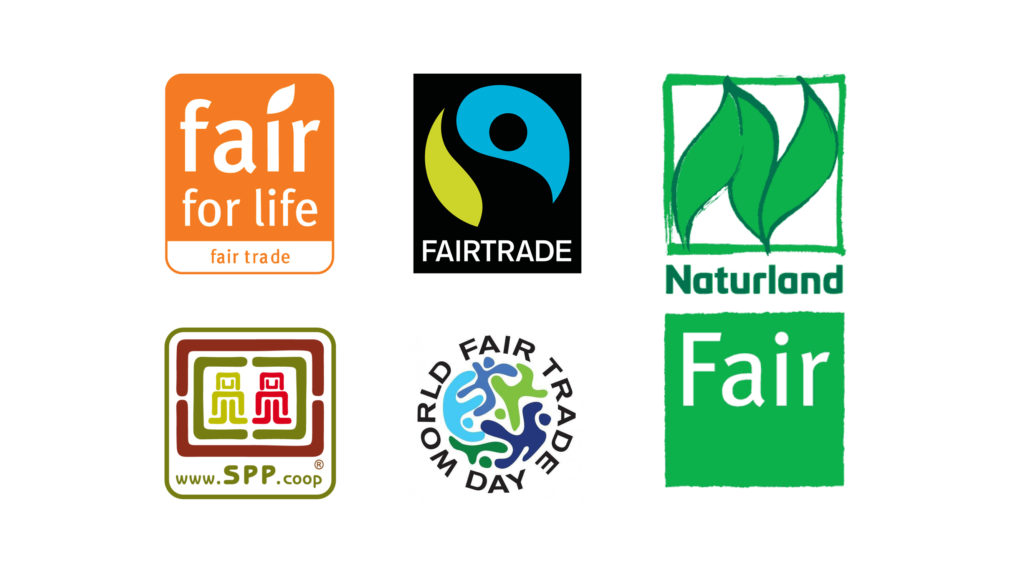
There’s a certain vibrancy that seems infused into fair trade items, whether food, apparel, décor, personal care. It’s like the life they bring to the producing individuals and communities permeates the materials.
I have had the joy of visiting Serendipol, the first of our projects, in 2014 located in Kuliyapitiya, Sri Lanka. What I loved most were the stories of transformation. Hearing how individual lives have improved and communities have bloomed because of the fair trade premium that goes toward grants and community projects, building bridges, maternity wards, bathrooms, libraries. There are faces, families, relationships on the other side of this supply chain from Sri Lanka to Ghana and beyond. People with names and struggles and triumphs – Martha, Gabriel, Faustina, Dada, and Rosina – who now have gainful, steady employment and can provide for their families.
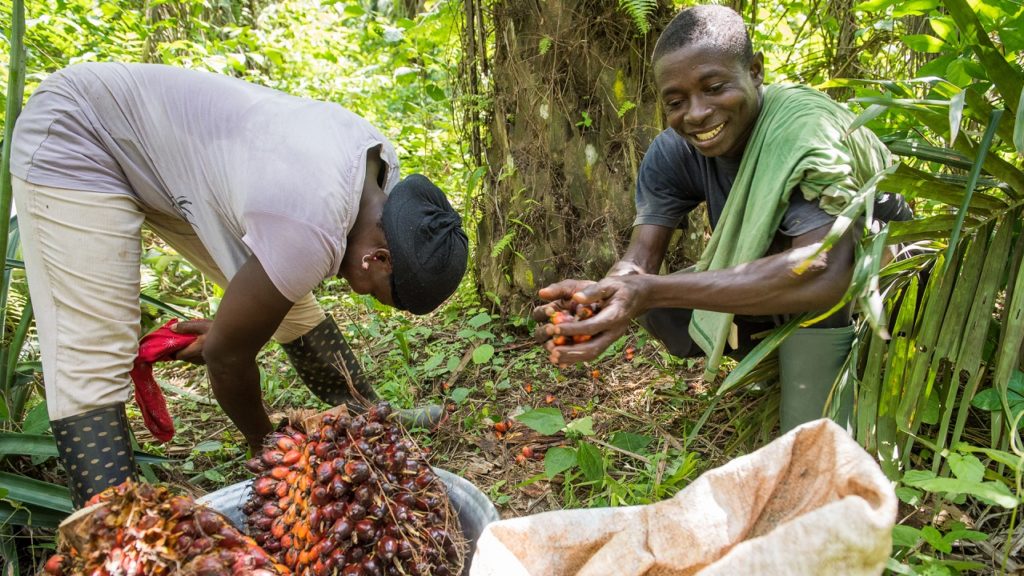
One final anecdote reveals how close a fair trade supply chain works. I got a message on the Going Green Facebook page from someone who said they are one of our farmers in Ghana who supplies our palm oil. I thought that was pretty neat and shared it with the Serendipalm Managing Director, Safianu Moro. Safianu told me that in fact, no, this was not one of our farmers. I have no idea what the person’s intention was in writing me, but even right there shines the beauty of fair trade, that we know the people involved so well, by name. That’s what a short, transparent, fair trade supply chain does. It acknowledges that there are people on both ends of a supply chain, all connected in our case by a bottle of soap.
Resources to learn more about fair trade, including articles I wrote during my 2014 visit to Sri Lanka!
Journey to Serendipol, the Beauty of Fair Trade
Fair Trade’s Direct Community Benefit
Making Ethical Palm Oil a Reality
Dr. Bronner’s Cosmic Principle #4: Be Fair to Suppliers





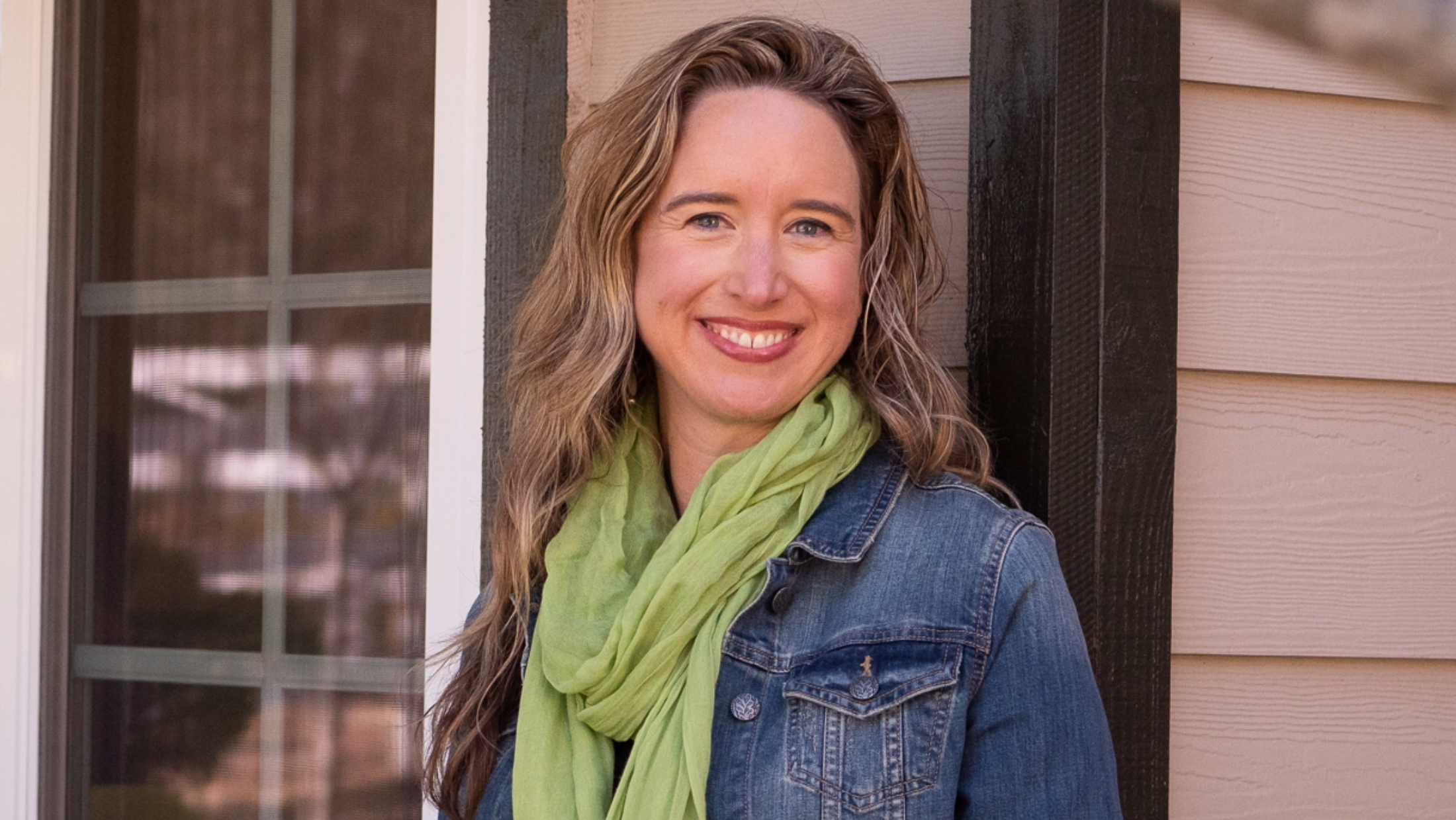

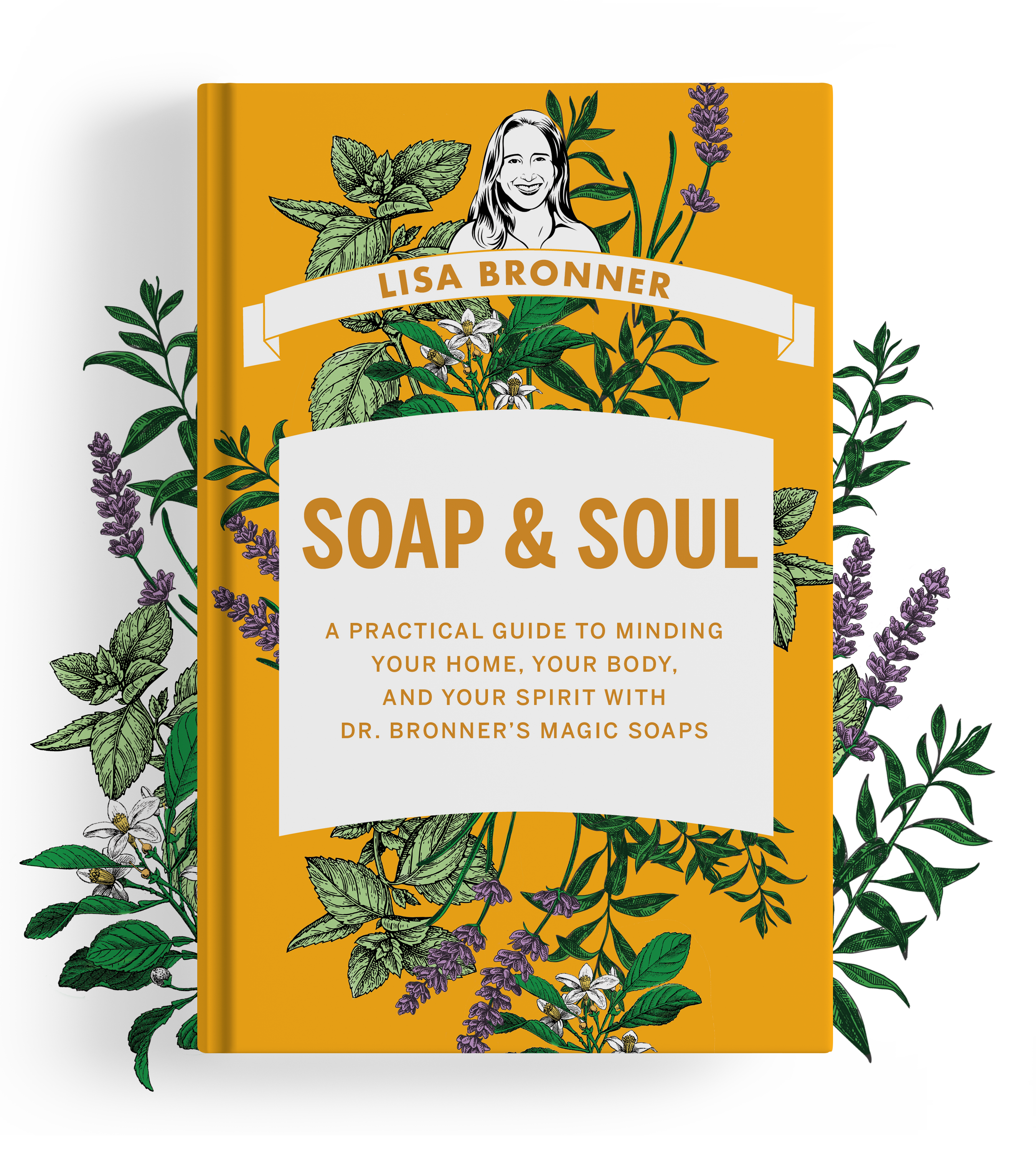
Great article, especially how it explains how buying local is also fair trade. A good resource for finding local fair trade shops could be fair trade towns’ websites. https://fairtradecampaigns.org/ Also you mention many handcrafted products but don’t include Fairtrade Federation as a certification mark to look for. https://www.fairtradefederation.org/
Hi Ira – Thanks for sharing these additional resources! The Fair Trade Federation mark differs from certifications mentioned in that it is a membership organization that verifies company practices through self-reporting rather than third party audits. However, many members of the Fair Trade Federation also have certifications or provide consumers with transparency of their practices and supply chains. The Federation is a valuable support group for fair trade efforts. Thanks for mentioning!